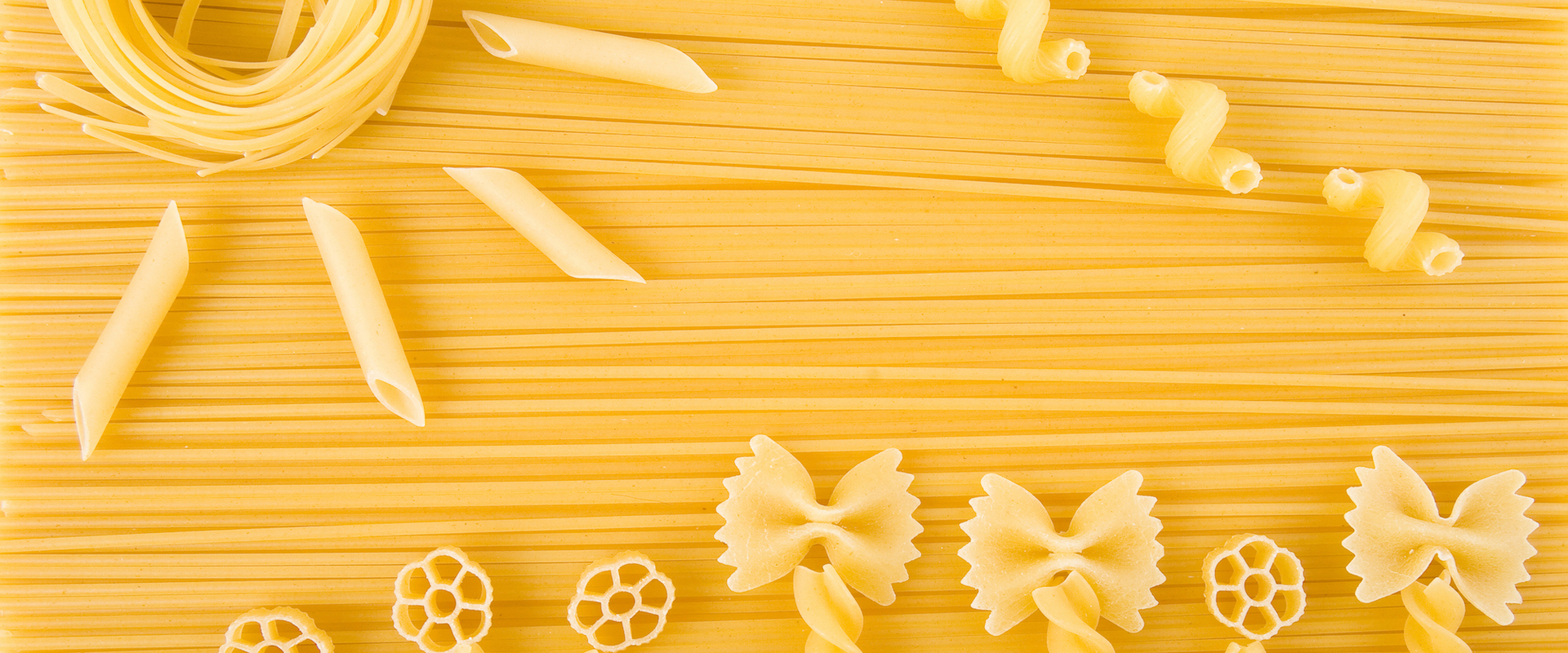A legal portrait of the artist at the stove: how “FoodLaw” was born
2017-07-31
Saint Teresa of Avila used to levitate in the kitchen. We may not go quite that far, but chefs’ creations can lend us wings, too. This is why it is right to acknowledge
and protect the originality of a gastronomic work. By benefitting, for instance, from a series of benefits offered by copyright legislation or the confidentiality of company information.
Carmine Coviello and
Davide Mondin address this sensitive issue in their book
FoodLaw. La tutela della creatività in cucina (“FoodLaw. Protecting creativity in the kitchen”) (published by Edizioni Plan, 2017), written in collaboration with
ALMA-La Scuola internazionale di cucina italiana, the International School of Italian Cooking.
We talk about it with
Davide Mondin, who has a law degree and specialises in protection of food and gastronomic heritage, and teaches a course in legal protection and promotion of traditional food products at ALMA and a gastronomy programme at Università San Raffaele, an online university in Rome.
So how did this book come about, Davide?
“
Carmine, who is a lawyer specialising in the visual arts, music and the performing arts, got the idea for the book. I found out about it a few years ago: I saw on the internet that he wanted to conduct a study of intellectual property rights in the world of food. I had also been thinking of conducting a similar study for some time, so we arranged to meet, and then we decided to write the book together, each contributing his own expertise.”
Were there already books on the subject?
“
I don’t believe there were any texts exhaustively addressing the topic at that time. In my field, there have been essays published in specialised magazines since the 1960s addressing the theme as a copyright issue, or in terms of industrial patent rights. But I have never come across a full book on the topic, exhaustively addressing these questions and seeking solutions to the specific issue of protecting creativity in the kitchen, from start to finish, from the idea to the creation of the finished object, recipe or dish, taking the initiative of discussing all aspects of it.”
What were the major difficulties you encountered?
“
The biggest problem was locating sources. Once we had found them, we had to build consistent legal reasoning and then identify its shortcomings, the areas requiring further reflection. And then we attempted to find solutions covering the existing gaps, without claiming to offer a final remedy. The method we applied was that of juridical science, attempting to make an original contribution to research in this area, but we accept the risk that we may have proposed readings and interpretations that some people may not agree with. And so we would like to encourage debate, and we are willing to accept the advice of anyone who can come up with a different solution.” (to be continued)
Mariagrazia Villa
Carmine Coviello and Davide Mondin,
FoodLaw. La tutela della creatività in cucina (“FoodLaw. Protecting creativity in the kitchen”), ALMA-Edizioni Plan, 2017, 132 pages, 27 euros.
